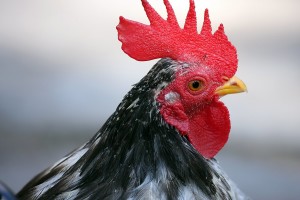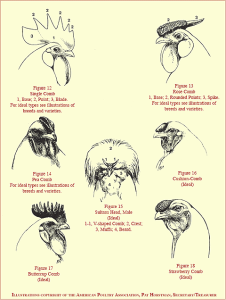
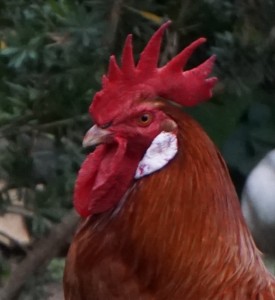
The comb sits on top of the chicken’s head and the wattle hangs beneath the chicken’s bill.

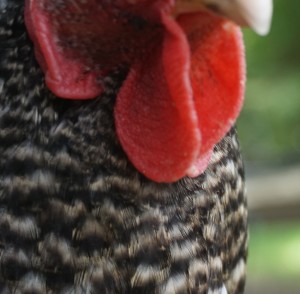
They are both soft, fleshy, thick, and made up of blood-filled capillaries, which accounts for the bright red color. While they can appear very different, wattles and combs all perform the same basic functions which are vital to the chickens’ health and survival. What purpose do they serve?
Regulates Body Temperature
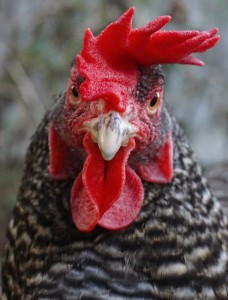
Chickens do not sweat. Wattles and combs are the chickens’ heat regulatory system. Overheated blood passes through the wattles and combs and is cooled by air which cools the chicken down as well. The cooler blood lowers the chickens’ internal temperature. This blood circulation process is why the wattles and combs are bright red.
Sexual Maturity Indicator
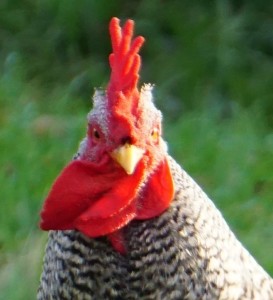
Chicks hatch without wattles or combs. The comb will appear before the wattles, somewhere around three weeks of age. A young pullet’s small, slightly pale comb indicates that she is not ready to lay. You will know when a hen is ready to lay when her comb turns bright red or pink and also gets larger.
Mate Attraction
Mature roosters have larger wattles than hens. Development of the wattles and combs are affected by sex hormones. The combs are a signal to one another of sexual maturity and attraction.
Health Indicator
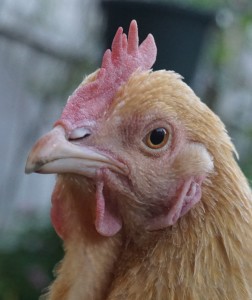
Wattles and combs are a good indicator of a chicken’s overall health. A healthy chicken will have brightly colored wattles and combs, free of discoloration or blemishes. Chickens that are not feeling well or that are molting may have shrunken and pale wattles. Wattles may reveal many symptoms of various diseases.
Types of combs:

Walnut Comb
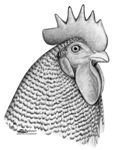
Single Comb
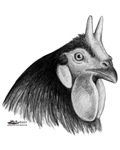
V Comb
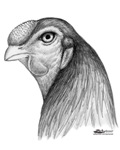
Rose Comb
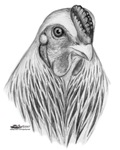
Pea Comb
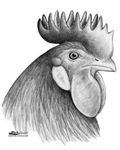
Buttercup Comb

Cushion Comb
